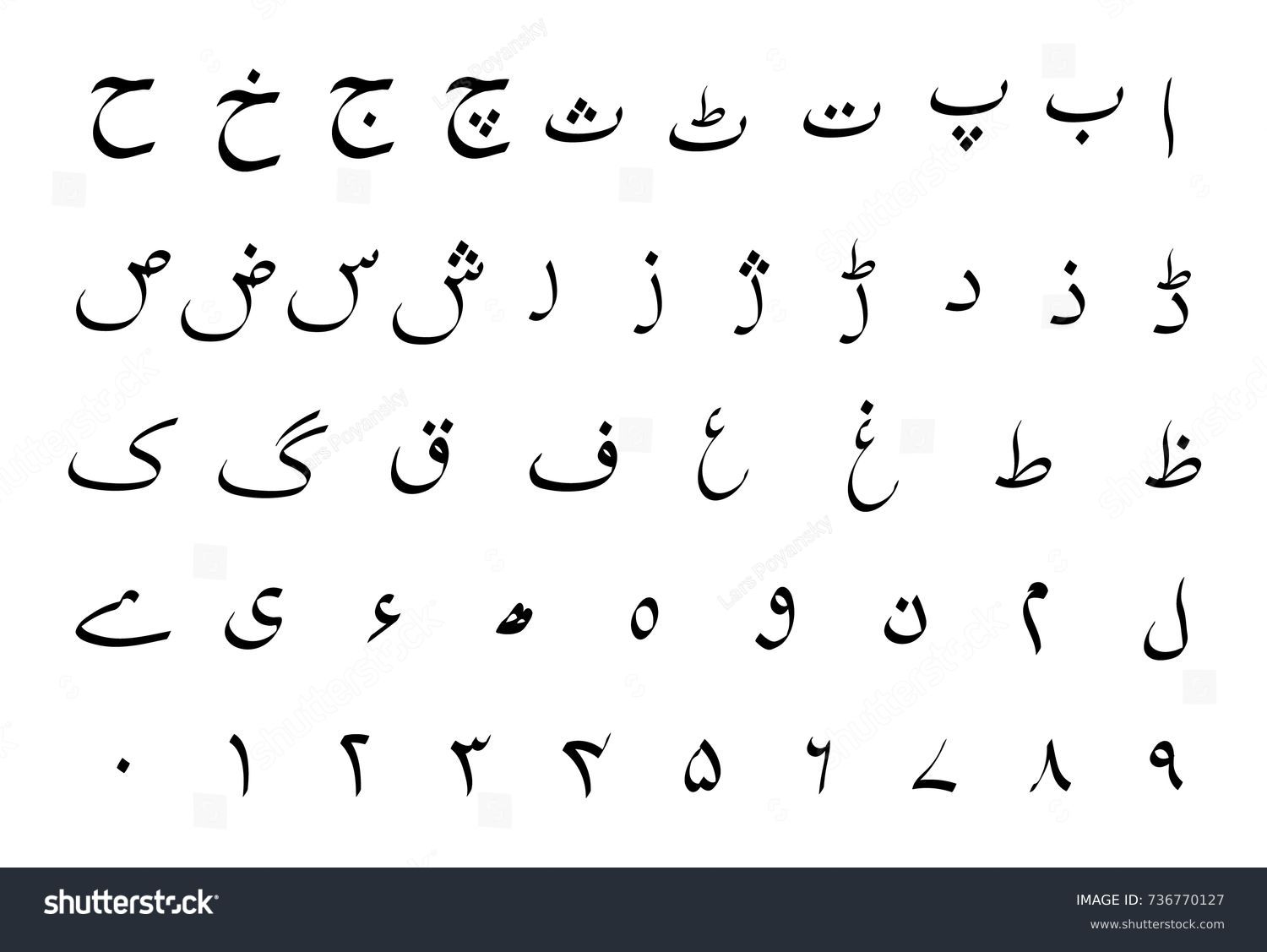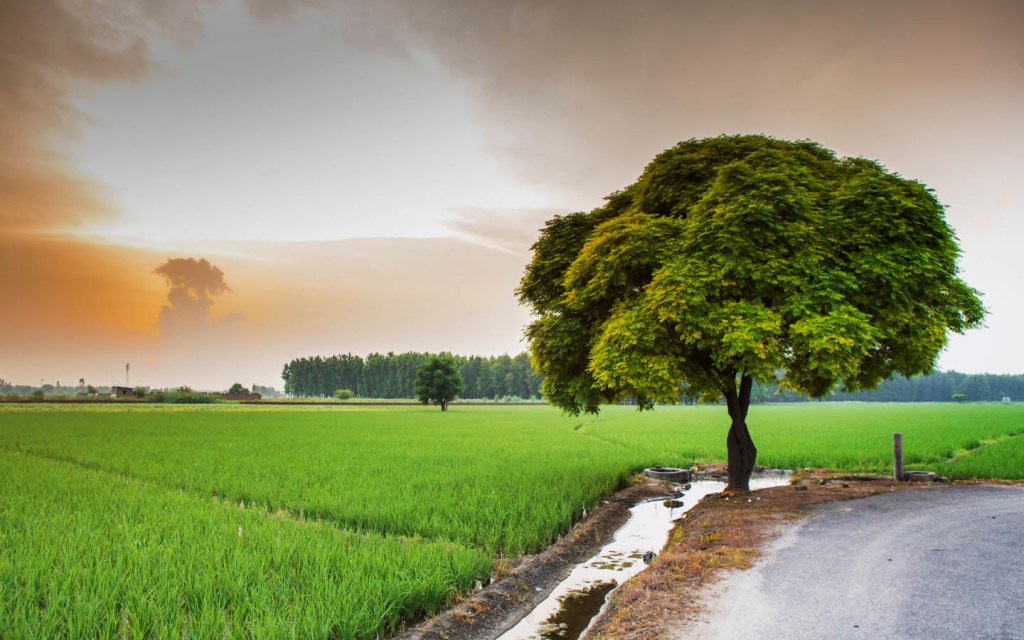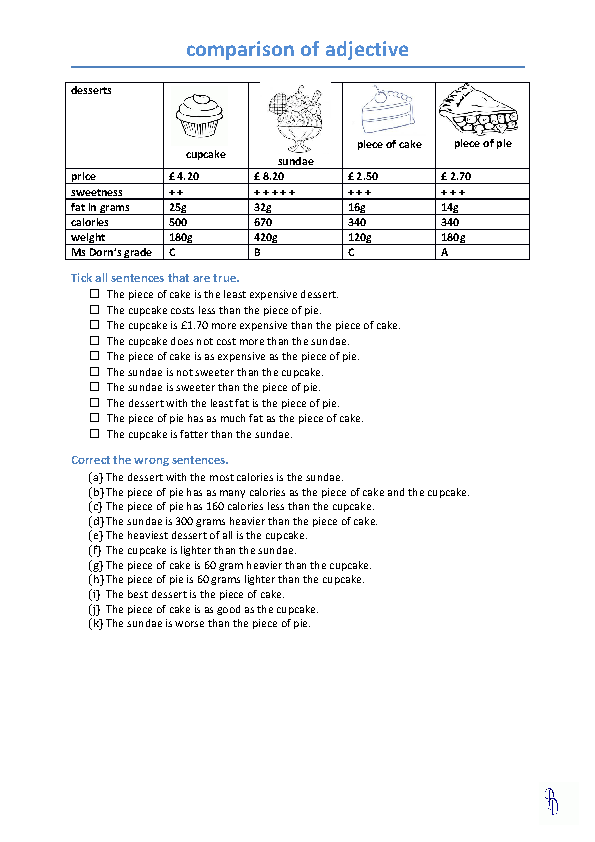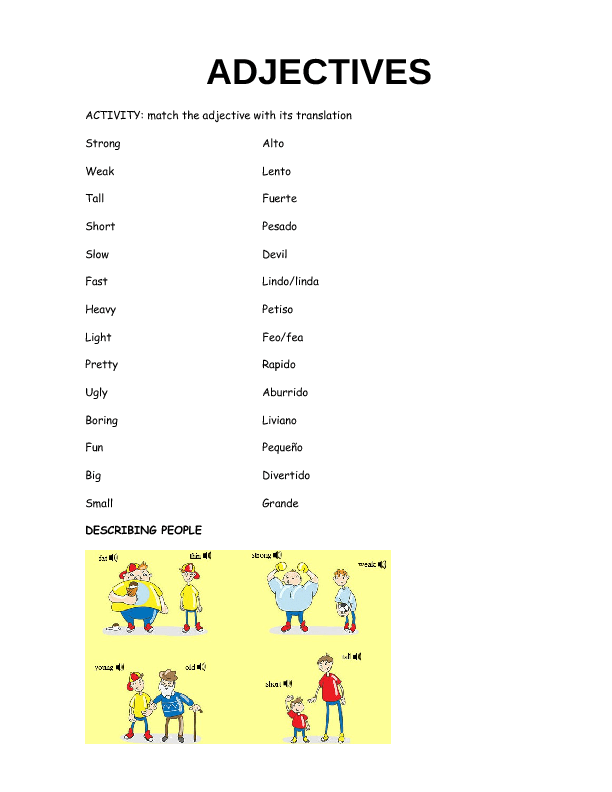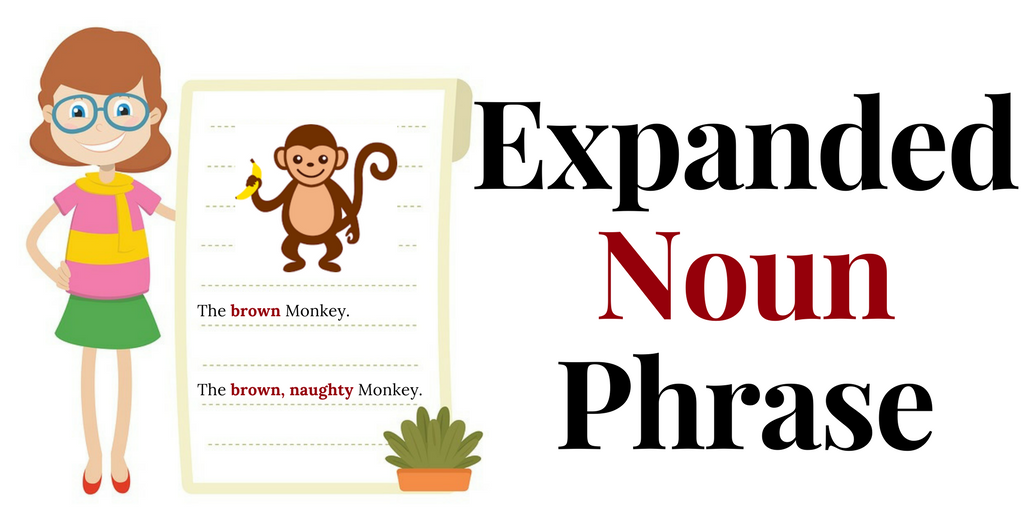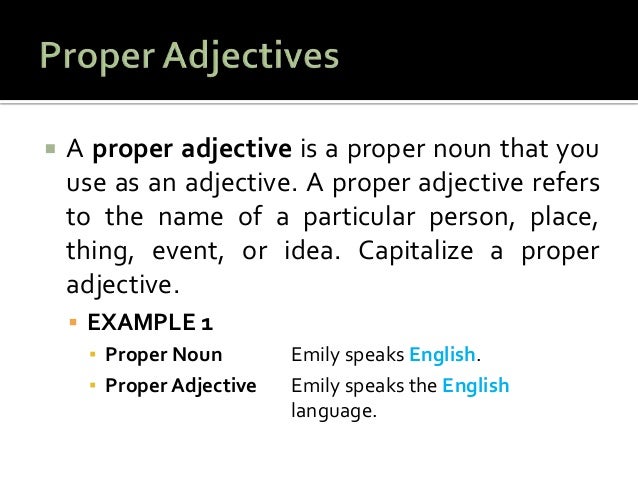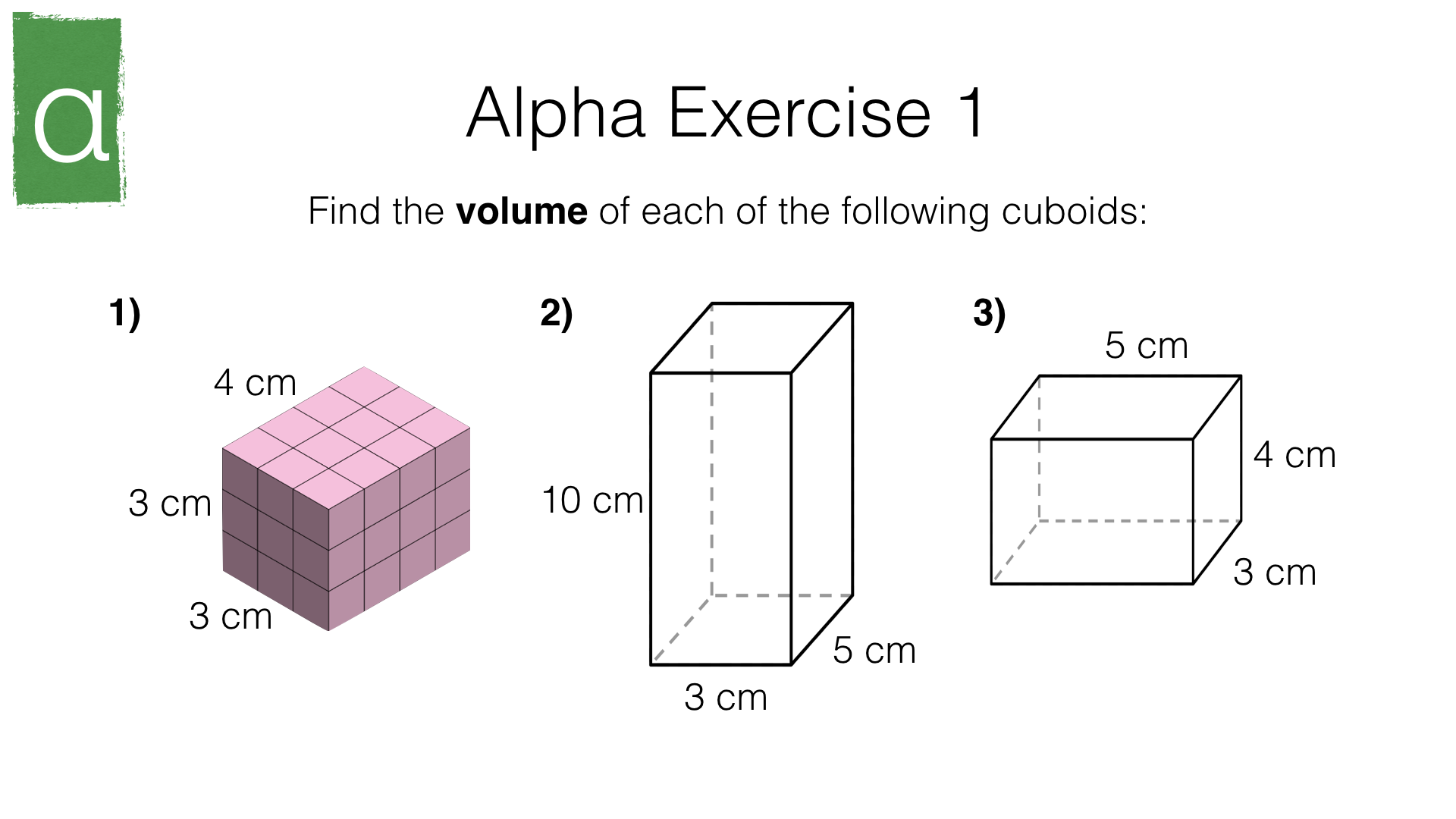Hindi and Urdu are generally considered to be one spoken language with two different literary traditions. That means that Hindi and Urdu speakers who shop in the same markets have no problems understanding each other -- they'd both say yeh kitne kaa hay for 'How much is it? And the Urdu one will be یہ کتنے کا ہے؟ Hindi is written from left to right in the Devanagari script, and is the official language of India, along with English. Urdu, on the other hand, is written from right to left in the Nastaliq script and is the national language of Pakistan. It's also one of the official languages of the Indian states of Bihar and Jammu & Kashmir.
Considered as one, these tongues constitute the second most spoken language in the world, sometimes called Hindustani. In their daily lives, Hindi and Urdu speakers communicate in their 'different' languages without major problems. Both Hindi and Urdu developed from Classical Sanskrit, which appeared in the Indus Valley at about the start of the Common Era.
The first old Hindi poetry was written in the year 769 AD, and by the European Middle Ages it became known as 'Hindvi'. Muslim Turks invaded the Punjab in 1027 and took control of Delhi in 1193. They paved the way for the Islamic Mughal Empire, which ruled northern India from the 16th century until it was defeated by the British Raj in the mid-19th century. It was at this time that the language of this book began to take form, a mixture of Hindvi grammar with Arabic, Persian and Turkish vocabulary. The Muslim speakers of Hindvi began to write in the Arabic script, creating Urdu, while the Hindu population incorporated the new words but continued to write in Devanagari script.
Hindi is the official language of the Republic of India (projected to overtake China as the world's most populous nation by 2030) and the most widely spoken language in South Asia. It is also the language of a long literary tradition, both in modern prose and poetry, as well as pre-modern secular and devotional poetry. It is also a tremendously important language strategically in South Asia.In their basic form Hindi and Urdu are generally considered to be the same language written in two different scripts. After one year of instruction, you could go to India or Pakistan and talk about yourself, where you were born, where you grew up, what you do, your interests and your attraction to South Asia and South Asian languages.
Each lesson builds on previous lessons in a systematic way to allow the absorption of vocabulary words in an organic manner, while reinforcing grammatical structures. The text is accompanied by a CD as well, and a supplementary text introduces Urdu script quickly and painlessly. Films are also shown occasionally in class to reinforce the structures and idiomatic expressions that are being taught. It is also very closely related to the scripts employed to write Punjabi, Bengali, Gujarati, and Oriya among others. According to an estimate by the Ethnologue there are 73 languages spoken in Pakistan as mother tongues.
The number of speakers of these languages varies from a few hundred to multi million. If we club the too varied dialects of Pashto, Punjabi, Balochi and Hindko together we get 67 languages spoken in Pakistan. Out of these, more than 25 languages are spoken in northern Pakistan. This article regards the upper Khyber Pakhtunkhwa and the region of Gilgit Baltistan as 'northern Pakistan' and provides a brief introduction of the languages spoken in this region. This article focuses on the least known languages and excludes Hindko and Pashto as they, the author thinks, are well known to many Pakistanis. Additionally, almost all of these languages are in the various phases of endangerment – from 'moribund' to 'endangered'.
The exact number of speakers of any of these languages is unknown as none of them have ever been included in any national census in Pakistan. In India, although Urdu is not and never was used exclusively by Muslims , the ongoing Hindi–Urdu controversy and modern cultural association of each language with the two religions has led to fewer Hindus using Urdu. In part because the Pakistani government proclaimed Urdu the national language at Partition, the Indian state and some religious nationalists began to regard Urdu as a 'foreign' language, to be viewed with suspicion. Urdu, which was often referred to by the British administrators in India as the Hindustani language, was promoted in colonial India by British policies to counter the previous emphasis on Persian. Urdu replaced Persian as the official language of India in 1837 and was made co-official, along with English.
The first language of around 70 million people and spoken as a second language by over 100 million people, mostly in Pakistan and India, in the world, Urdu is one of the oldest and most popular members of the Indo-European family of languages. The history of the Urdu language dates back to as early as the 12th century AD. Widely spoken and understood across the globe, it is the national language of Pakistan whereas English remains the official language of the state. By the 19th century, poetry written in Urdu was stimulated by socialist nationalist, pan-Islamic feeling, and writers and poets from the Punjab as well as the areas of Delhi and Lucknow began to contribute. In the Delhi region of India the native language was Khariboli, whose earliest form is known as Old Hindi . It belongs to the Western Hindi group of the Central Indo-Aryan languages.
The contact of the Hindu and Muslim cultures during the period of Islamic conquests and in the Indian subcontinent led to the development of Hindustani as a product of a composite Ganga-Jamuni tehzeeb. In cities such as Delhi, the Indian language Old Hindi began to acquire many Persian loanwords and continued to be called "Hindi" and later, also "Hindustani". In southern India , a form of the language flourished in medieval India and is known as Dakhini, which contains loanwords from Telugu and Marathi.
An early literary tradition of Hindavi was founded by Amir Khusrau in the late 13th century. From the 13th century until the end of the 18th century the language now known as Urdu was called Hindi, Hindavi, Hindustani, Dehlavi, Lahori, and Lashkari. The name Urdu was first introduced by the poet Ghulam Hamadani Mushafi around 1780. As a literary language, Urdu took shape in courtly, elite settings. While Urdu retained the grammar and core Indo-Aryan vocabulary of the local Indian dialect Khariboli, it adopted the Nastaleeq writing system – which was developed as a style of Persian calligraphy.
Pakistan is a multilingual country, and national language of Pakistan is Urdu. Surprisingly Urdu is the mother tongue of only 7.57 per cent of the population of country. Pakistan is home to many dozens of languages spoken as first languages. English is official language of Pakistan while Urdu is the National language of Pakistan.
Punjabi , Pashto , Sindhi , Saraiki , Hindko and Balochi are major regional languages. Kashmiri , Pothohari, Brahui, Shina, Khowar, Kalash, Memoni and Balti are important local languages of different areas if country. 15 million people in Pakistan (8% of the population) speak Urdu as their first language, and over 90% rely on it to communicate.
But the education system teaches its students the country's national language as if it were a foreign one, and completely forgets the regional languages spoken in various parts of Pakistan. Around one-third of Pakistani students attend private schools, where English is the first language. Although Urdu is one of the two official languages of Pakistan and the national language, it is mostly learned as a second or third language, as around 93% of the population speaks a native language other than Urdu, such as Punjabi, Pashto, and Sindhi. There are several dialects of Urdu, with the standard version being based on the Khariboli dialect in Delhi, India.
Punjabi, Saraiki and Pashto are languages spoken in Punjab and Khyber PakhtunkhwaPunjabi, which often spelled as Panjabi, is counted among the most common Indo-Aryan languages in today's world. In Pakistan, Punjabi language is spoken by around 70 million souls, mostly in Punjab province. However, the status of the official language of Punjab is reserved for Urdu. As spoken in both India and Pakistan, Punjabi is a language of many dialects. Written in Gurmukhi and Shahmukhi scripts, the dialects of the language doesn't have much difference between them and sound quite similar. Dialects of Punjabi spoken in India are Majhi, Doabi, Pwadhi and Malwi.
However, in Pakistan, the chief dialects are Pothohari, Hindko, Majhi and Multani. Since Majhi is used to form the standard for writing in Punjabi, it is considered the most important dialect of Punjabi in the country. Fresh data from the 2011 census says that Urdu is the seventh most spoken language in India. It is one of the 22 official languages recognised in the Constitution of India, having official status in Telangana, Uttar Pradesh, Bihar, Jharkhand, Bengal and Delhi, while it has the status of official language of Jammu and Kashmir. Urdu is the national language of Pakistan and is a registered regional language of Nepal.
Hindi is the official language of the Republic of India and the most widely spoken language in South Asia. Urdu is the national language of Pakistan, one of the official languages of India, and a tremendously important strategic language in South Asia. With a common vocabulary and grammar, in their basic form, Hindi and Urdu are generally considered to be the same language written in two different scripts.
In Pakistan, Pashto, the official language of neighboring Afghanistan, Pakistanis speaking Pashto who lives in Quetta and Peshawar. This Pakistani language is spoken by more than 15.42 percent of the country's population. Pashto speakers are primarily found in Pakistan's northern Balochistan, Federally Administered Tribal Areas, and Khyber Pakhtunkhwa provinces. This language is also used amongst Pashtun groups in the country's cities. Khushal Khan Khattak, Rahman Baba, Khatir Afridi, and Ghani Khan are just a few famous poets written in Pashto.
Urdu is the national language of Pakistan and one of the official languages of India. It is one of the most widely-spoken languages of South Asia, and has acquired a wider distribution in other parts of the world, notably the UK, where it is regarded as their major cultural language by most Muslims from Pakistan and northern India. Hindko is another ancient language spoken in Pakistan that belongs to the group of Indo-Aryan languages. The speakers of Hinko are Hindkowan people, mostly living in the northern areas of Pakistan.
According to linguistic experts, the name of the language is actually a merger of two words where "Hind" means Sindh and "ko" means language. As per the historical records, when the invaders came from Afghanistan to this area, they gave this name to the local language, which was being spoken from Peshawar to UP at that time. There has been a debate about Hindko as some people consider it as a dialect of Sindhi while others call it one of the lesser known dialects of Punjabi language. Pashto, the official language of neighboring Afghanistan, also has a significant number of speakers in Pakistan. This language of Pakistan is spoken by over 15.42% of the entire population of the country. The Pashto speakers are concentrated in northern Balochistan, Federally Administered Tribal Areas, and Khyber Pakhtunkhwa regions of Pakistan.
Pashtun communities in the cities of the country also speak this language. Pashto has a rich literary tradition, and some famous poets who used the Pashto language in their literary work are Khushal Khan Khattak, Rahman Baba, Khatir Afridi, and Ghani Khan. Urdu is not only the official language of Pakistan but also the national language of the country. However, only about 8% of Pakistanis speak Urdu as their first language.
However, a vast section of the population speaks it as their second language. The origin of Urdu goes back several centuries, and according to some historians, Urdu has evolved from an Indo-Aryan language spoken in the area around Delhi which absorbed words from Arabic, Persian, and Chagatai. The Government of Pakistan has strived to promote the national language of Pakistan to encourage national solidarity.
Some who are from a non-Urdu background now can read and write only Urdu. With such a large number of people speaking Urdu, the language has acquired a peculiar Pakistani flavour further distinguishing it from the Urdu spoken by native speakers, resulting in more diversity within the language. In 1973, Urdu was recognised as the sole national language of Pakistan – although English and regional languages were also granted official recognition. A brief note about each language will be of help for those who are interested in the linguistic diversity of the spectacular northern parts of Pakistan.
I will, however, abstain from giving the number of speakers of each language because none of these languages have ever been given space in the six national censuses so far conducted in Pakistan. The number of speakers of these languages vary from 500 to one million. Counting the correct number of speakers of each language becomes a difficult task.
The numbers of speakers of each languagegiven in the surveys done so far are mostly based on interviews and observations; and they are just estimates. Many of these languages are also spoken in Pakistan's neighbouring countries such as Afghanistan, India and China. This article only presents a very brief account of each language spoken inside the territory of Pakistan. All of these languages are categorized as 'endangered' in the Routledge's Encyclopedia of World's Endangered Languages edited by Christopher Moseley. Many of them are 'severely endangered' whereas a few are 'moribund' or already 'extinct'. In Pakistan, Urdu is mostly learned as a second or a third language as nearly 93% of Pakistan's population has a native language other than Urdu.
Despite this, Urdu was chosen as a token of unity and as a lingua franca so as not to give any native Pakistani language preference over the other. Urdu is therefore spoken and understood by the vast majority in some form or another. However, the people from differing provinces may have different indigenous languages, as from the fact that it is the "base language" of the country. The name Urdu was first used by the poet Ghulam Hamadani Mushafi around 1780.
From the 13th century until the end of the 18th century Urdu was commonly known as Hindi. The language was also known by various names such as Hindavi or Dehlavi. Hindustani in Persian script was used by Muslims and Hindus but was current chiefly in Muslim-influenced society. Hindustani was promoted in British India by British policies to counter the previous emphasis on Persian.
This triggered a Hindu backlash in northwestern India, which argued that the language should be written in the native Devanagari script. Details about the status, number of native speakers and areas of these languages are available on Ethnologue's two websites mentioned above. The western scholars, especially German and Norwegian scholars, have carried out tremendous research on the language spoken in Pakistan's northern areas and have written books, articles and dissertations on them. The Urdu language is one of two standardized registers of the Hindustani language, the other being Hindi. Urdu is a member of the Indo-Aryan language group and is one of the 22 official languages of India. If counted separately, there are approximately 67 million native speakers of Urdu, with 51 million speakers in India and 16 million speakers in Pakistan.
Urdu is also one of the most widely spoken languages in the United Kingdom, with approximately 400,000 speakers of the language. Urdu and English are official languages of Pakistan, however, Supreme Court of Pakistan has ordered the government to make Urdu as the sole official language and eliminate English. Majority of the Pakistani Muslims can also read Arabic, as Muslims recite the Holy Quran which is in the Arabic language.
Some students also study Arabic in Schools, Colleges and University level. Although Urdu is the official national language, it is spoken as a native tongue by only 8 percent of the population. People who speak Urdu as their native language generally identify themselves as muhajirs. A large number of people from educated backgrounds speak Urdu, as opposed to their natal languages, in their homes, usually to help their children master it. Based on Arabic script and Devanagari script, Sindhi is one of the most popular languages of Pakistan. It has been formed as a result of amalgamation of different regional languages spoken in different regions of South Asia.
It is also an ancient Indo-Aryan language that is now spoken by millions of people in the Islamic Republic of Pakistan and India. Some of the major dialects of the language are Vicholi, Lasi, Siroli Lari, Thari or Thareli, Kathiawari Kachhi, Macharia, Dukslinu and Muslim Sindhi. Hailed as the top tourist destination in the world for 2020, Pakistan is home to wondrous tourist gems, most of which haven't been explored yet. Some of the world's most famous travellers visited Pakistan recently and praised its incredible natural beauty as well as the hospitality of its people.





